To perform accurate diagnostics and ensure safety, every professional needs a reliable HVAC multimeter — a tool engineered for temperature measurement, compressor testing, and True RMS accuracy.In this complete 2025 guide, we’ll explore what makes a multimeter ideal for HVAC use, how to use it in different scenarios, and which models from Fluke and Hioki deliver the best performance in the Middle East’s harsh climate.
Why an HVAC Multimeter Is Different
Unlike general-purpose digital multimeters, HVAC models are designed to measure more than just voltage and resistance.
They include features like temperature sensors, microamp measurement for flame sensors, and low input impedance to prevent ghost voltages from interfering with readings.
In high-heat environments, they must also resist thermal drift and maintain calibration over time.
- Temperature function: Built-in thermometer or K-type probe for measuring air and surface temperatures.
- Microamp measurement: Crucial for testing flame sensors in gas furnaces.
- True RMS: Ensures accurate readings on non-linear HVAC control circuits.
- Auto range: Allows quick switching between voltage and current scales.
- CAT safety ratings: CAT III or CAT IV protection for field environments.
Common HVAC Multimeter Applications
Technicians use multimeters daily for a wide variety of HVAC tasks. Here are the most common applications:
1. Measuring AC and DC Voltage
Multimeters verify voltage supply to compressors, thermostats, and fan motors.
A True RMS meter is crucial since HVAC circuits often include variable frequency drives (VFDs) that distort the waveform.
2. Measuring Current in Compressors and Motors
Using a clamp or direct current input, multimeters can check compressor amp draw, helping identify overload or imbalance issues.
High current draw often indicates refrigerant or capacitor problems.
3. Temperature Testing
HVAC systems depend heavily on temperature control.
With a multimeter equipped with a thermocouple, you can test:
- Supply and return air temperature difference (ΔT)
- Compressor discharge temperature
- Evaporator coil temperature
- Thermostat and sensor calibration
4. Continuity and Resistance
Check blower motor windings, heating elements, and compressor windings for open circuits or shorted turns using resistance measurement.
5. Capacitance Testing
Capacitors are vital for starting and running motors.
An HVAC multimeter with a capacitance (µF) range can identify weak or failed capacitors that cause system inefficiency.
How to Use a Multimeter for HVAC Diagnostics
Below is a quick guide on how to use your HVAC multimeter for different scenarios:
- Power Off: Before testing resistance or capacitance, ensure power is off to avoid damaging the multimeter.
- Voltage Testing: Set to AC mode. Check line and control voltage between terminals.
- Continuity Check: Use the continuity function to confirm fuses, switches, and relays are operational.
- Capacitance: Disconnect the capacitor, discharge it, and test across terminals to compare with its rated µF value.
- Temperature Measurement: Plug in a thermocouple probe to test air or coil temperature directly.
- Microamps: For flame sensors, set to µA DC mode and measure current (typically 2–10 µA).
Following these steps ensures accurate diagnostics and helps prevent unnecessary component replacements.
Fluke Multimeters for HVAC Professionals
Fluke multimeters are the global gold standard for HVAC work.
Their designs prioritize safety, durability, and accuracy, even in extreme Gulf weather.
From compact models for daily service calls to advanced tools for commercial HVAC systems, Fluke offers unmatched reliability.
Top Fluke Models for HVAC Applications
| Model | Temperature Measurement | Microamp Measurement | True RMS | Best Use |
|---|---|---|---|---|
| Fluke 116 | Built-in | Yes (µA DC) | Yes | HVAC service, thermostat calibration |
| Fluke 179 | K-type probe | Yes | Yes | Advanced diagnostics, field service |
| Fluke 233 | External probe | No | Yes | Wireless measurements in large systems |
*All models available through MME Electronics in UAE and Saudi Arabia.
Fluke’s True RMS technology is especially valuable in HVAC systems with inverters or pulse-width-modulated drives.
In addition, features like low input impedance (LoZ) prevent false readings from induced voltages — a must for high-rise electrical panels in Dubai or Doha.
Hioki Multimeters for HVAC and Industrial Control
Hioki’s Japanese engineering offers laboratory-grade accuracy combined with ergonomic design.
In HVAC work, precision temperature and current measurement are vital, and Hioki’s DT4256 and DT4282 multimeters deliver exceptional performance.
Recommended Hioki Models for HVAC
- Hioki DT4256: Compact True RMS meter with ±0.3% accuracy and large backlight display, ideal for service technicians.
- Hioki DT4282: Advanced True RMS instrument with high-speed response and thermal stability for complex systems.
- Hioki CM4376: Clamp meter with wide current range for compressor testing and motor diagnostics.
Hioki meters excel in precise low-current measurements and remain stable even under high ambient temperatures — an important advantage in the Middle Eastern HVAC industry.
Essential Features for Hot Climate Work
Working outdoors or in rooftop units across the GCC demands multimeters built for environmental stress.
When selecting a model, prioritize:
- Operating temperature range: 0°C to 50°C or higher
- Backlit LCD: For visibility in sunlight
- Shock and dust resistance: IP54 or above
- Battery efficiency: Long operating time under heat
- Protective holster: Prevents damage from accidental drops
Fluke’s protective cases and Hioki’s ergonomic designs ensure comfortable operation even under intense sunlight and dust exposure common in the Gulf.
Preventive Maintenance with Multimeters
HVAC failures often result from unnoticed electrical issues.
Regular preventive testing using a high-quality multimeter can prevent costly system breakdowns.
Routine Checks Include:
- Measuring control voltage stability
- Inspecting compressor start current
- Verifying capacitor condition
- Testing safety interlocks and thermostat circuits
- Recording temperature differential performance
Technicians in the UAE often schedule these checks seasonally — before summer peaks — ensuring that cooling systems operate efficiently throughout the year.
Buying the Right HVAC Multimeter in UAE & KSA
Choosing where to buy is just as important as choosing which model to buy. Companies like MME Electronics guarantee genuine products, factory calibration, and after-sales support.
Buying cheaper imitation meters can lead to poor readings, overheating, or even safety risks. Always look for models with the manufacturer’s warranty and official CAT certification labels.
Conclusion
In HVAC diagnostics, precision saves both time and energy.
Whether testing compressor circuits, verifying control voltage, or balancing temperatures, a reliable multimeter is a technician’s best ally.
Fluke and Hioki models stand out for their durability, safety, and superior accuracy — designed to perform flawlessly even in the Gulf’s intense heat.
Investing in a professional-grade True RMS HVAC multimeter ensures accurate diagnostics, safer operations, and longer equipment life.
For technicians in the UAE and Saudi Arabia, purchasing from MME Electronics guarantees authenticity, support, and quality that meets international standards.
What is the best HVAC multimeter for technicians in UAE
The Fluke 116 remains the top choice for HVAC professionals due to its built-in temperature sensor, microamp measurement, and compact design.
Can one multimeter be used for both HVAC and general electrical testing
Yes. Models like the Fluke 179 or Hioki DT4256 offer versatile functionality for both HVAC and general electrical work.
How often should HVAC multimeters be calibrated in hot climates
At least once a year, or every six months in environments above 45°C. Calibration ensures consistent accuracy and compliance with safety standards.












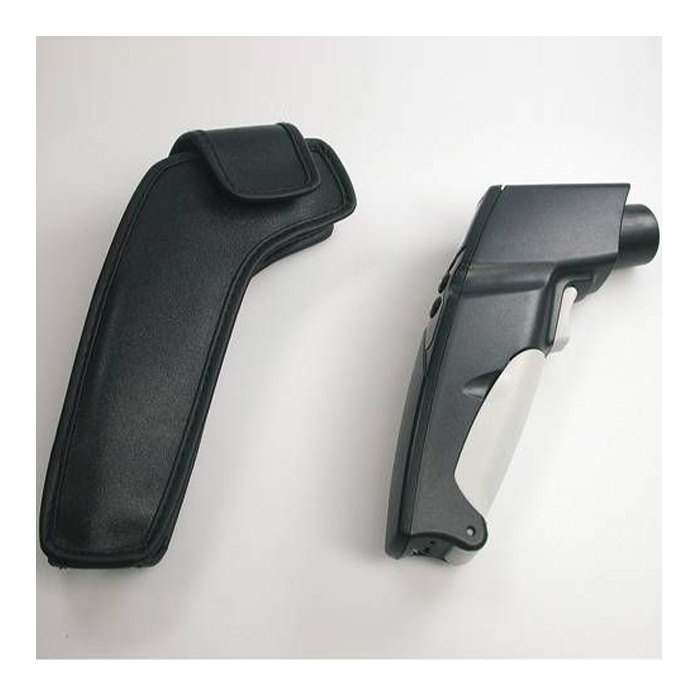
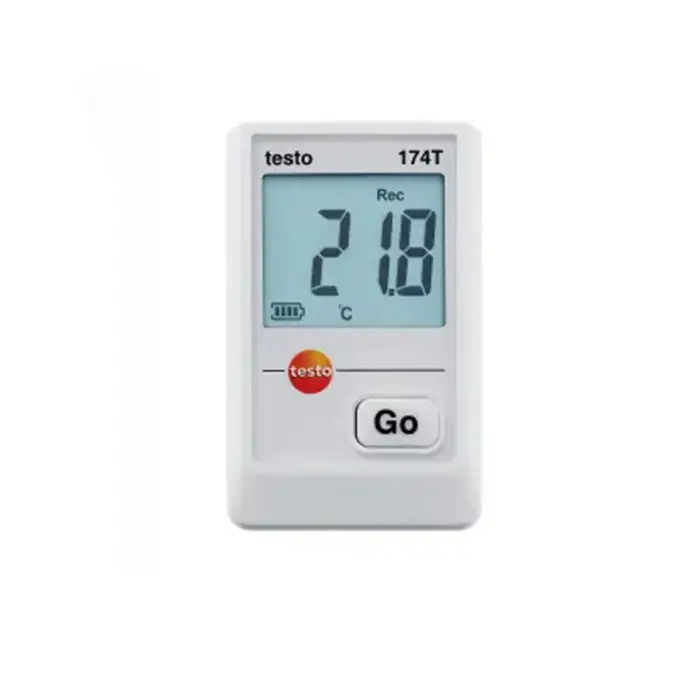
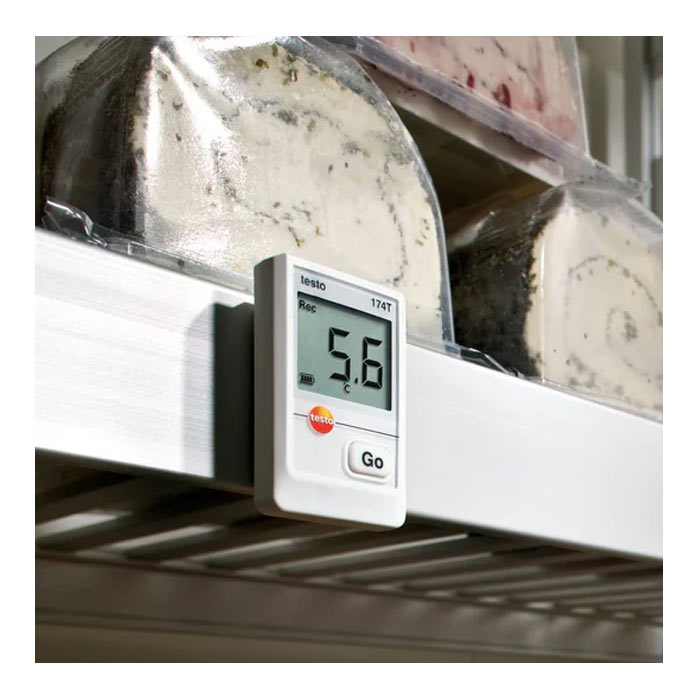













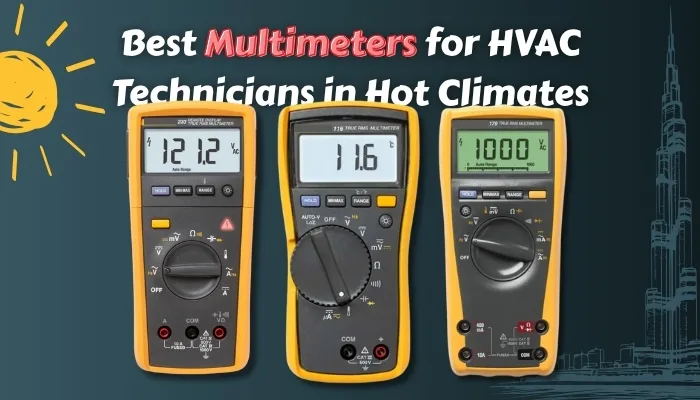




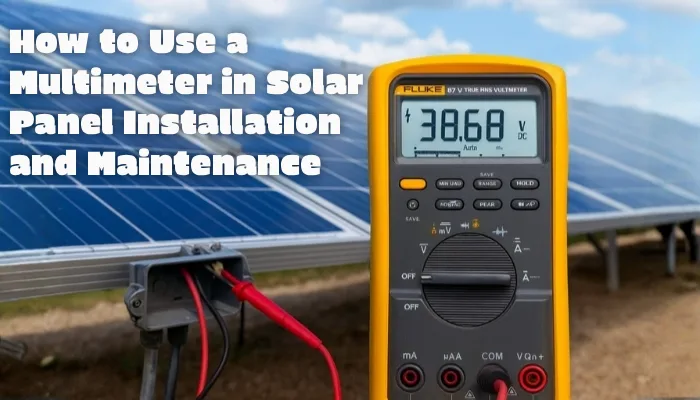
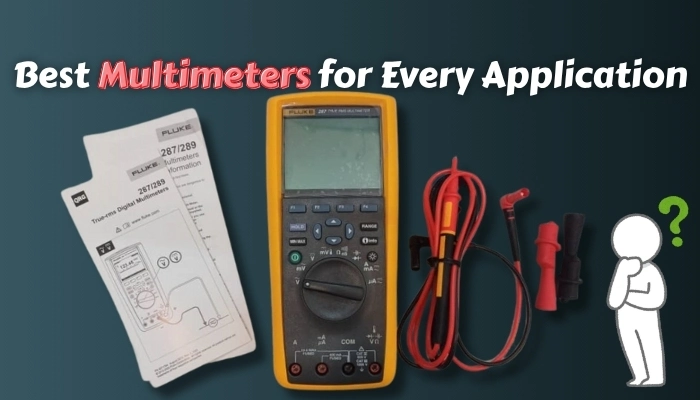
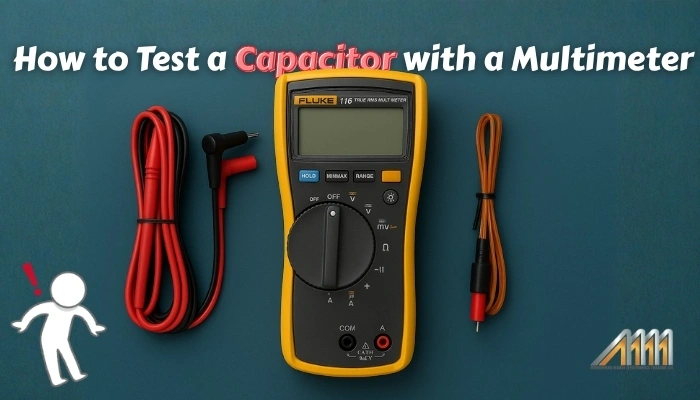

 Bench Multimeters
Bench Multimeters